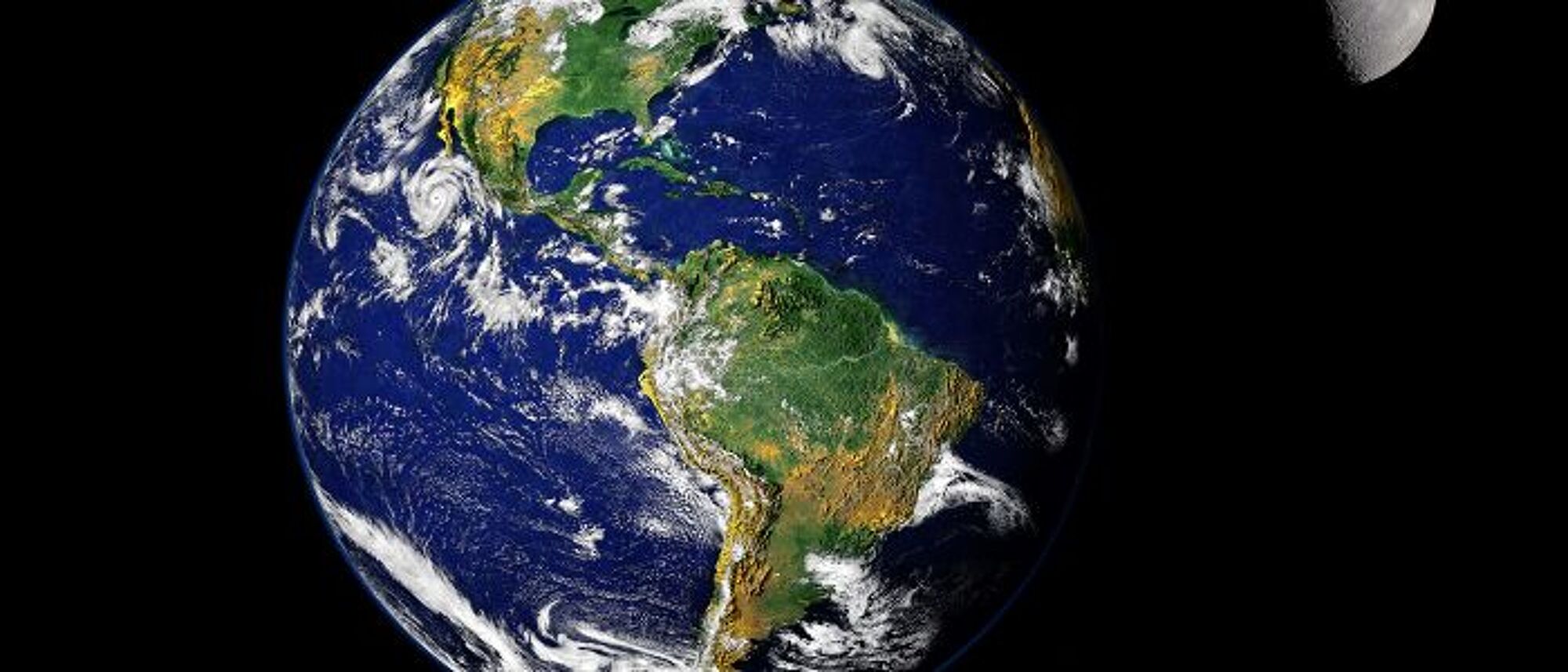Environmental policy

The Unit is committed to continuously reducing our impact on the natural environment, in particular to reduce its carbon emissions and use of finite resources. We will do this by encouraging all staff to follow the environmental guidelines set out on the Unit’s intranet and by managing the Unit infrastructure to make it more environmentally sustainable.
A key element of the guidelines relates to travel and flying. Staff should:
- Minimise travel requirements by grouping meetings in a distant location together, and/or organising meetings to minimise overall travel for participants.
- Use phone or video conferencing (e.g. Zoom, Skype) in preference to face-to-face meetings.
- Whenever possible, use trains rather than aeroplanes.
The rationale for trying to reduce business flights is presented in the infographic current average individual annual carbon footprints [PDF]:
Scientific rationale and references for reducing flights
National carbon footprints
These use the 2011 (latest) estimates from the OECD, given as ‘CO2 embodied in final demand per capita’. These data can be found on the OECD website:
https://stats.oecd.org/Index.aspx?DataSetCode=IO_GHG_2015
Calculation of 3 tonnes as sustainable global per capita carbon footprint
The three tonne calculation comes from this paper 'Greenhouse-gas emission targets for limiting global warming to 2 °C':
https://www.nature.com/articles/nature08017
Underlying this is the assumption that the world’s population is 8 billion, and that the CO2 budget is for the period between 2010-50. Thus, three tonnes per year per person is the limit for that period and this would give an 80% chance of avoiding a 20C rise on pre-industrial levels. This is outlined on page 26 of this report from the Centre for Alternative Technology:
The UN predicts that a 20C rise in temperature would lead to:
- 37% of world population exposed to severe heat waves at least once every 5 years
- 411 million additional people exposed to severe drought
- 32 to 80 million people worldwide at risk from flooding due to sea level rise
- Coral reefs “mostly disappear” and overall risk to biodiversity rated as “very high risk”
However, more recent analysis suggests that this three tonne quota is, if anything, over conservative and generous. Climate scientists now conclude that we must avoid more than 1.50C rise on pre-industrial levels to avoid tipping points and catastrophic climate change: https://www.ipcc.ch/sr15/ The headline statements from this document are here:
https://www.ipcc.ch/site/assets/uploads/sites/2/2019/06/SR15_Headline-statements.pdf
The different impacts of a 1.50C rise versus 20C rise are nicely summarised in New York Times article:
https://www.nytimes.com/interactive/2018/10/07/climate/ipcc-report-half-degree.html
Furthermore, the original calculation assumed a dramatic fall in global CO2 emissions from 2010 when, in fact, CO2 emissions have risen:
https://academic.oup.com/bioscience/advance-article/doi/10.1093/biosci/biz088/5610806
The composition of the typical UK carbon footprint
The proportional breakdown is from the paper 'Mapping the carbon footprint of EU regions':
https://iopscience.iop.org/article/10.1088/1748-9326/aa6da9/pdf.
In contrast to almost all the other components of the UK carbon footprint, there are no existing technological options to significantly reduce the impact of air travel and none imminent:
https://en.wikipedia.org/wiki/Environmental_impact_of_aviation#Scope_for_improvement
CO2 emissions from one return flight UK to New York
On a return flight from the UK to New York each traveller emits about 1.7 tonnes of CO2
https://www.clevel.co.uk/flight-carbon-calculator/
However, the Intergovernmental Panel on Climate Change estimates that the warming effect of aircraft emissions is about 1.9 times that of CO2 alone, due to the other gases produced by planes:
The severity of the climate emergency
https://academic.oup.com/bioscience/advance-article/doi/10.1093/biosci/biz088/5610806


